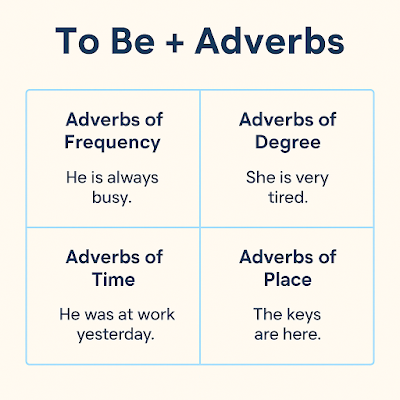✦ 10 Phrases to Describe Places (IELTS Ready)
-
Bustling with activity
e.g., The city centre is always bustling with activity, especially on weekends. -
Off the beaten track
e.g., We found a tiny café off the beaten track, far from the tourist crowds. -
Breathtaking scenery
e.g., The mountain range offered breathtaking scenery I’ll never forget. -
Rich in history
e.g., The old town is rich in history, with ancient architecture and cobblestone streets. -
A hidden gem
e.g., The village was a hidden gem, unknown to most tourists. -
Peaceful and tranquil
e.g., I love spending time in the countryside because it’s so peaceful and tranquil. -
A vibrant atmosphere
e.g., The market had a vibrant atmosphere, full of colour and local music. -
Run-down but charming
e.g., Some parts of the district are run-down but charming in a nostalgic way. -
Picturesque views
e.g., We stayed at a cottage with picturesque views of the lake. -
Teeming with wildlife
e.g., The national park was teeming with wildlife, from monkeys to exotic birds.
✦ Comprehension Test: Describing Places
Instructions:
Read each sentence and answer the question that follows.
1. "The city centre is always bustling with activity, especially on weekends."
Q1. What is the city centre like during weekends?
2. "We found a tiny café off the beaten track, far from the tourist crowds."
Q2. Where is the café located?
3. "The mountain range offered breathtaking scenery I’ll never forget."
Q3. How does the speaker feel about the mountain scenery?
4. "The old town is rich in history, with ancient architecture and cobblestone streets."
Q4. What makes the old town special?
5. "The village was a hidden gem, unknown to most tourists."
Q5. What does "hidden gem" suggest about the village?
6. "I love spending time in the countryside because it’s so peaceful and tranquil."
Q6. Why does the speaker enjoy the countryside?
7. "The market had a vibrant atmosphere, full of colour and local music."
Q7. How would you describe the mood of the market?
8. "Some parts of the district are run-down but charming in a nostalgic way."
Q8. How does the speaker feel about the run-down areas?
9. "We stayed at a cottage with picturesque views of the lake."
Q9. What kind of views did the cottage have?
10. "The national park was teeming with wildlife, from monkeys to exotic birds."
Q10. What can you find in the national park?
✦ Answer Key
A1. It’s very lively and busy.
A2. In a quiet, less-visited area.
A3. The view was incredibly beautiful and unforgettable.
A4. Its historical features and old buildings.
A5. It’s beautiful and special but not well-known.
A6. Because it is quiet and relaxing.
A7. Energetic, colourful, and lively.
A8. They’re old or neglected but still have charm.
A9. Beautiful, scenic views.
A10. Many animals and birds.






